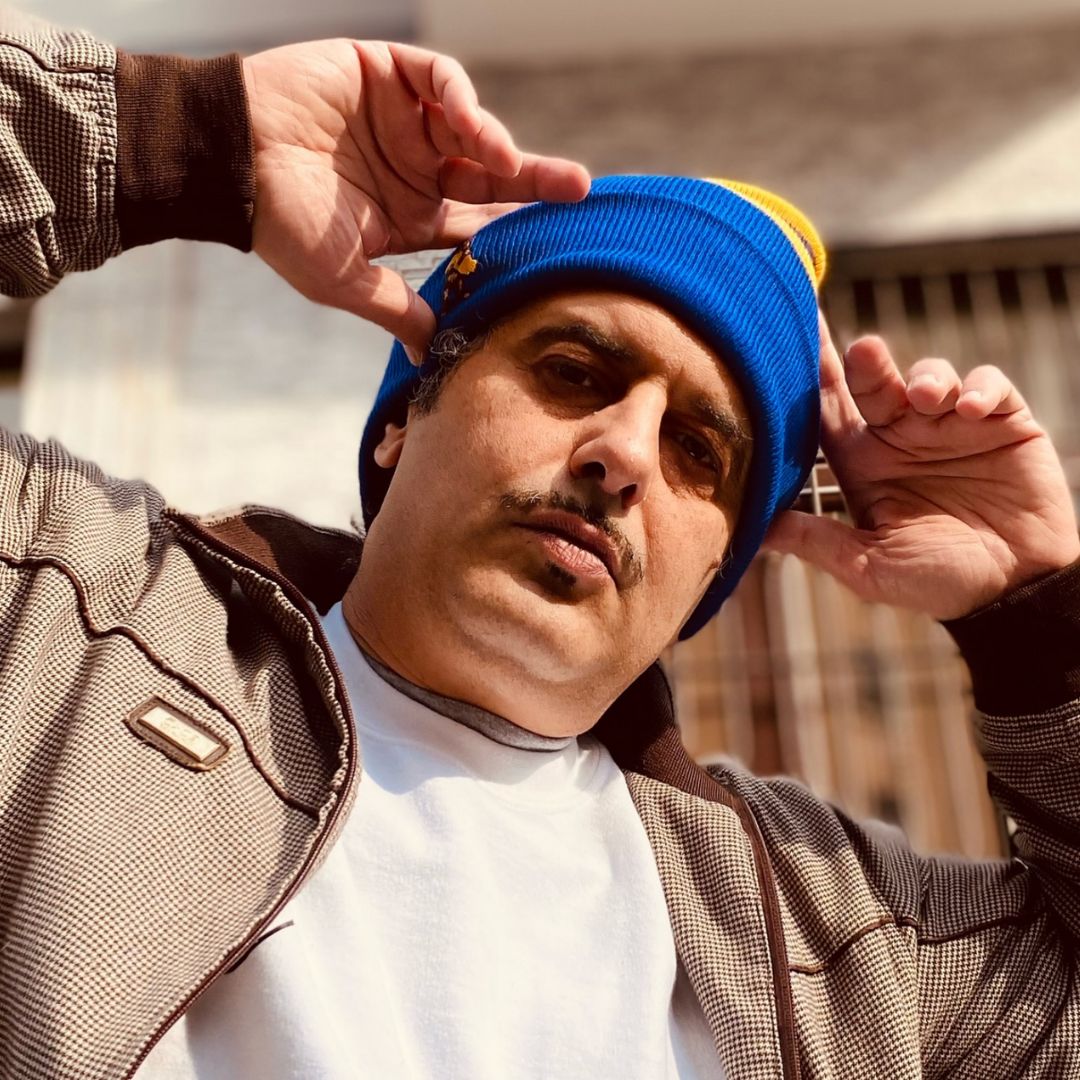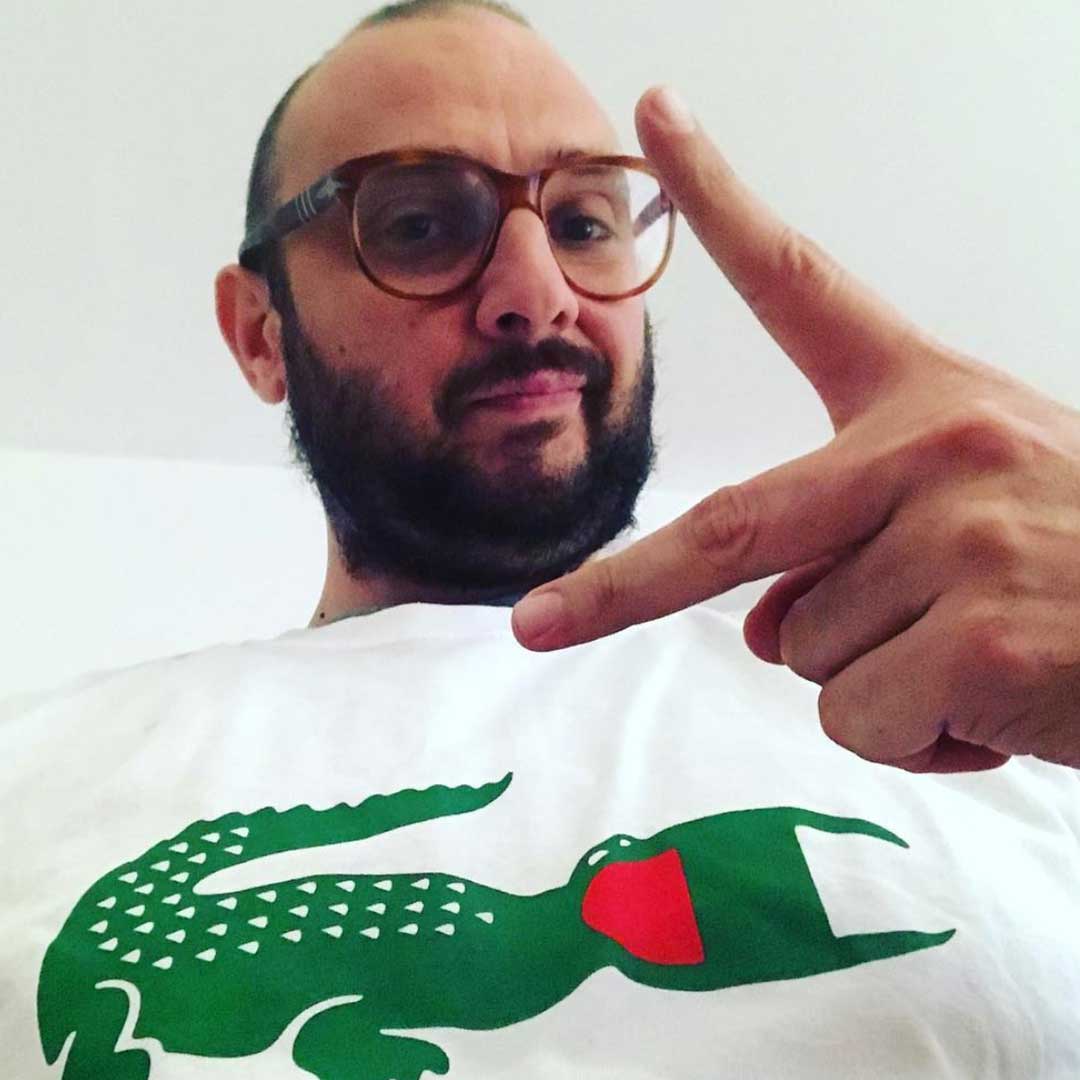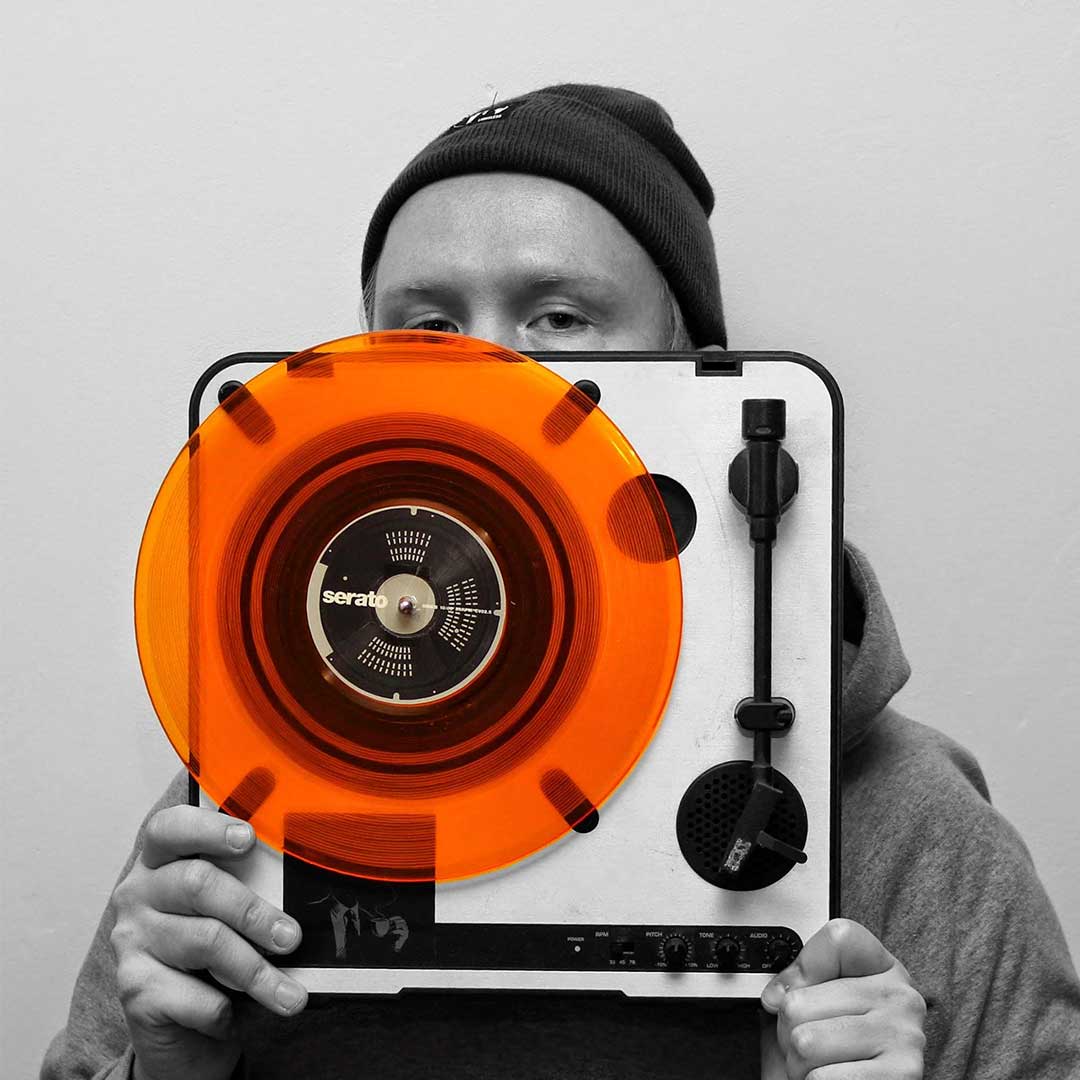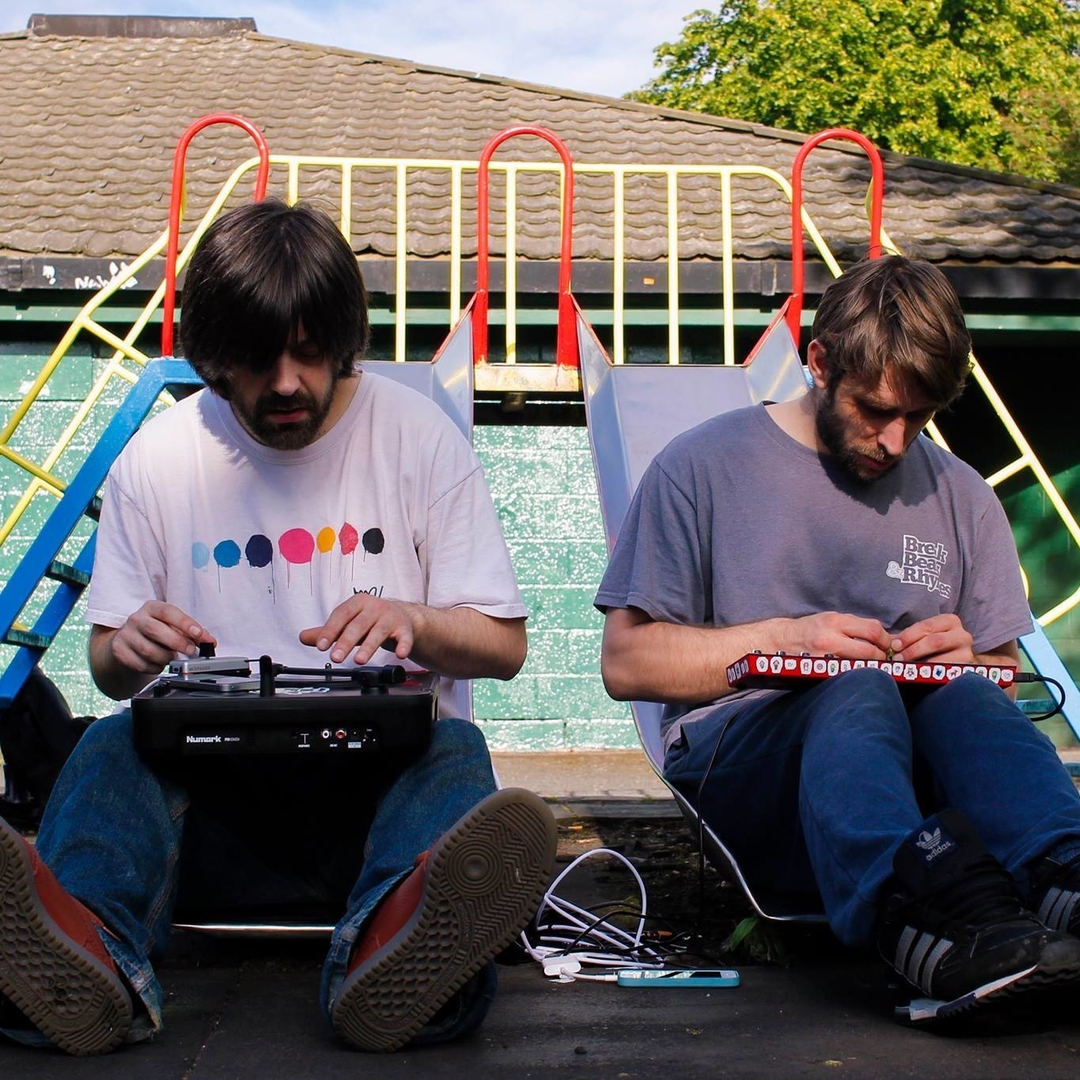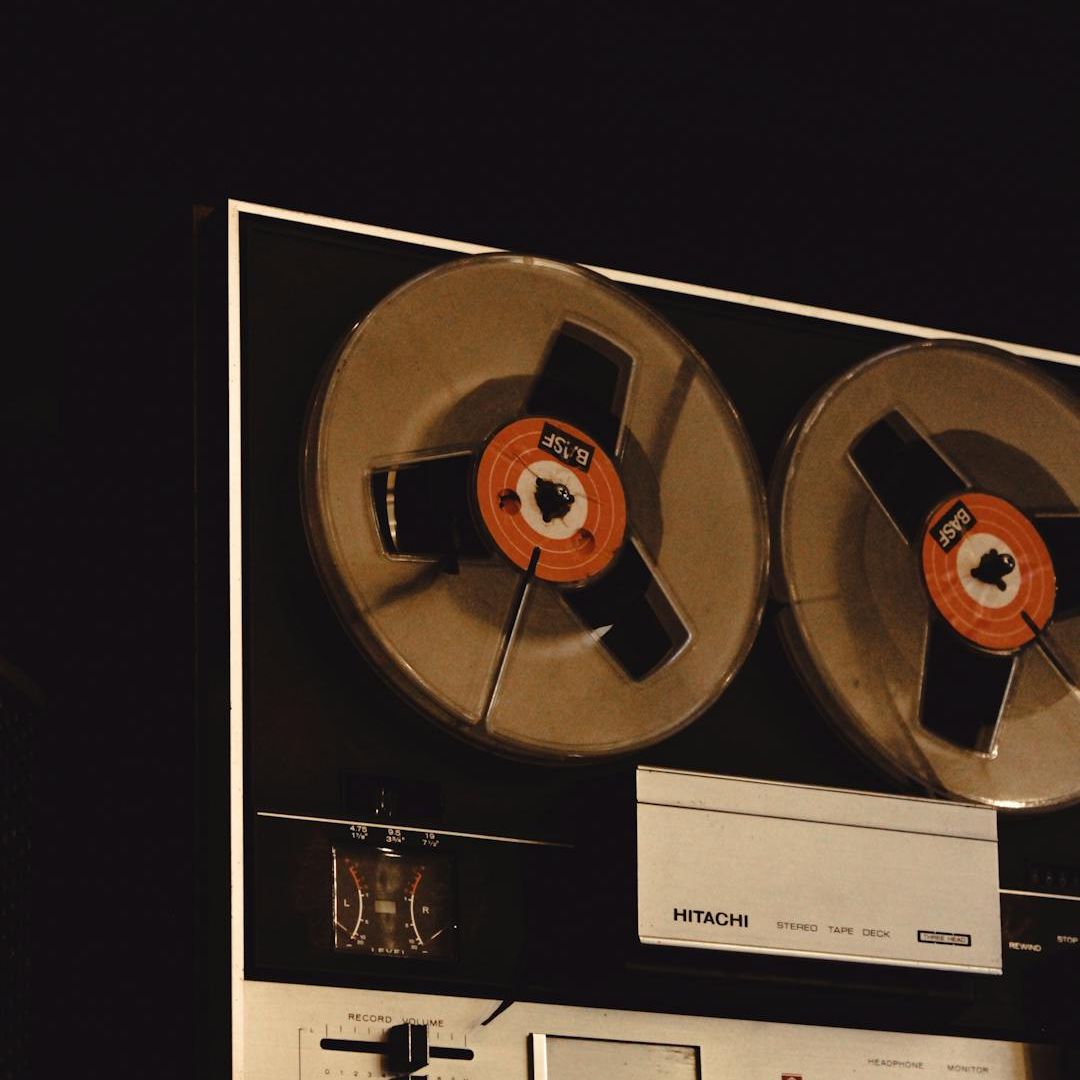The past crushes those who cling to it, did you know it?
It weighs like a stone on anyone without a present to stand on, or a future to imagine. But if you’re Esa, aka El Presidente, aka FunkPrez, aka CaptainFuturo, aka Prezziny, that burden doesn’t exist.
You live your passion daily — the same love that became your profession — with the exact fire you had on day one. What came before is just fuel, not a museum.
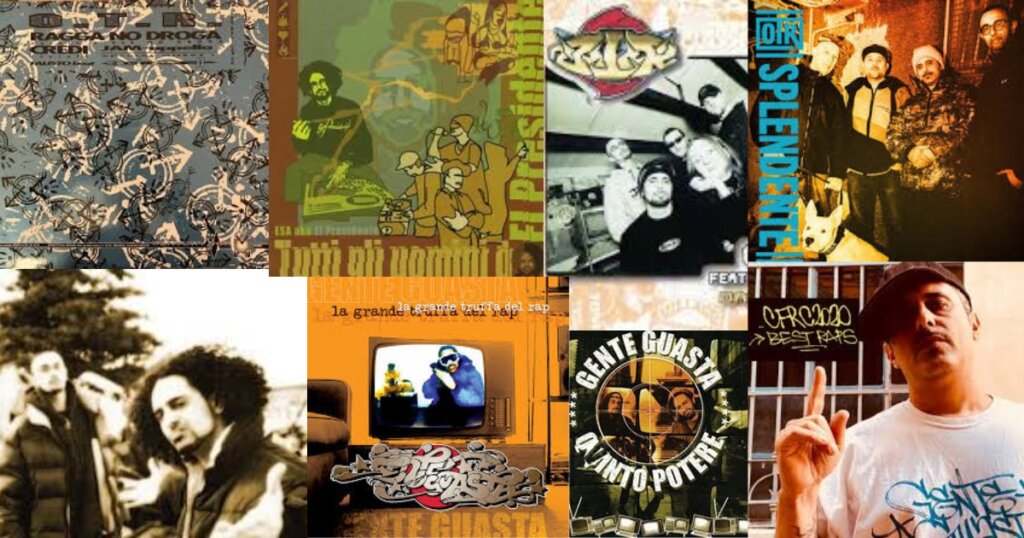
Because of that fuel, people call Esa a legend. Hard to grasp, to catch, and follow in his creative realm and path. That’s probably part of the drill when approaching such a creative mind.
And unlike most of what gets labelled “legendary” today…this one is real. If you don’t know who he is, do yourself a favour: Google him. If you do know, then you already understand the scale we’re talking about.
His output is monstrous: relentless, prolific, completely detached from the shallow glow of the spotlight, yet unmistakably influential. Everyone in the culture (and in the industry) knows who the FunkPrez is, even when he chooses to operate miles away from the hype cycle.
Hip-hop as a lifestyle, as a worldview, as a stubborn form of survival and joy: that’s Esa.
And this is the conversation that maps his universe: present, tapes, beats, philosophy, and the eternal movement forward.
Prezzini Gee, welcome to SB…First fundamental question: 16 tapes in less than a year…
You produced a lot this year, too, right?
We did things, yes…The new Prezzini is like that, a thousand lives in one life.
At 20, we were always around with the crew, at 53, I manage kids, like a baby gang (laughs).
How did the decision to make all these tapes in one year come about?
I mean, is it creative urgency and discipline, or what?
Some time ago, I reopened the studio I had shut down, because, anyway, a lot of things now you can produce comfortably at home…as Al Divino says, with a laptop, you are an industry.
If not an industry, at least you’re in the business…I take inspiration from today’s movement.
Just like in ’93, we listened to Tony Touch and Gang Starr, who, thirty years later, remain the base of what we do. We keep going.
Today, there is a beautiful rap scene, made of artists who rediscovered hip-hop even after the 2000s, from the times of Stones Throw, Jaylib, Madvillain, and so on.
For the past twenty years, we’ve been witnessing the resurgence of sample-based hip-hop productions, with new heroes as cool as the old school, which, by now, in many cases, has legendary status.
Today, you have people like Boldy James, YOD, who just made an album with Madlib, or Mach Hommy, and Griselda, whom I’ve followed since WSG dropped Mr T and did 2,000 views on YouTube…
So let’s say that on one side you find street underground rap — see Roc Marciano, another icon of the new rap — on the other you can find Blu & Exile, who are like Pete Rock & CL Smooth.
So I don’t know, even in the current scene, I find that beautiful variety that characterised hip-hop back then.
Homeboy Sandman is not Boldy James, you have Gangsta Rap and Conscious Rap, there is everything. And many of the historical artists from my era — like Method Man, Jadakiss — are still in their prime. So if someone follows hip-hop, this is what it is.
Today, I can produce, mix, master, make the cover, I am a One Man Label, and on top of that, I have a group of people around me in a very organic way, and they’re good artists, many of them emerging.
I enjoy working with emerging artists because they willingly jump into the adventure, while, of course, the veterans, the few remaining, the Highlanders of 30-year hip-hop, somehow defend their position in a market that is not easy for them.
Many people of the old guard, with whom we have friendship, respect, and absolute esteem, are much more conflicted about producing new material. I, instead, do it unconsciously, very freely.
I channel the flow, and I make beats every day. Often friends also come by the studio, each one brings beats, and that’s it… all these beats need to be rapped on! (laughs)
When you get to work, how do tracks come to life?
Do you have a routine, or do you record freestyle sessions and then that’s the tape?
There is no single way to compose things.
Often, the composition is born from that little rhyme game you invent, and the game is freestyle, one bar at a time. Then you edit, add, cut, and pull out verses that are halfway between freestyle and writing.
Everything is born from having fun in the studio, because being an underground rap producer won’t make you buy a Lamborghini here in Italy, nor even rent one (laughs, editor’s note)…
But the point is always the approach to the beat, the real driving force; the maximum fun is making beats, especially when you make beats you’re not even sure can be rapped on…
We started from ’90s beats, which are cult, and then the producers’ skill has been to amaze, with beats that years ago weren’t even considered beats, maybe loops, and sometimes they’re not even perfectly on grid, so it becomes like uneven ground to be tackled with every tool.
Quoting you, you started making beats with an Amiga, experimented with several samplers, worked in high-level studios, mastered your albums in America, and so on.
How important is the tool you use today?
Compared to the ’90s, you have a world of solutions at your fingertips. From free plug-ins to cheap bundles, for example. And then what I do isn’t Abbey Road mastering, but it works; you have many great enthusiasts doing excellent work. Even WSG’s stuff, if you look closely, doesn’t always sound excellent, you know?
I think it’s cool to go back a bit to the underground studio, with few resources but a lot to say.
You can have the most beautiful studio in the world and still not manage to create something interesting, so even big productions often don’t involve you.
Instead, sometimes you hear a crazy guy rapping over a weird beat, and it becomes cult, you know?
The technical part is always important, but we live in an era where the internet facilitates communication: if you record a good verse, maybe a thousand people listen to it — and try finding a thousand people under your house willing to listen to your verse…
A community builds itself like that, even at a distance, but then, when there are events, when the tour comes, you meet live. It’s a beautiful thing.
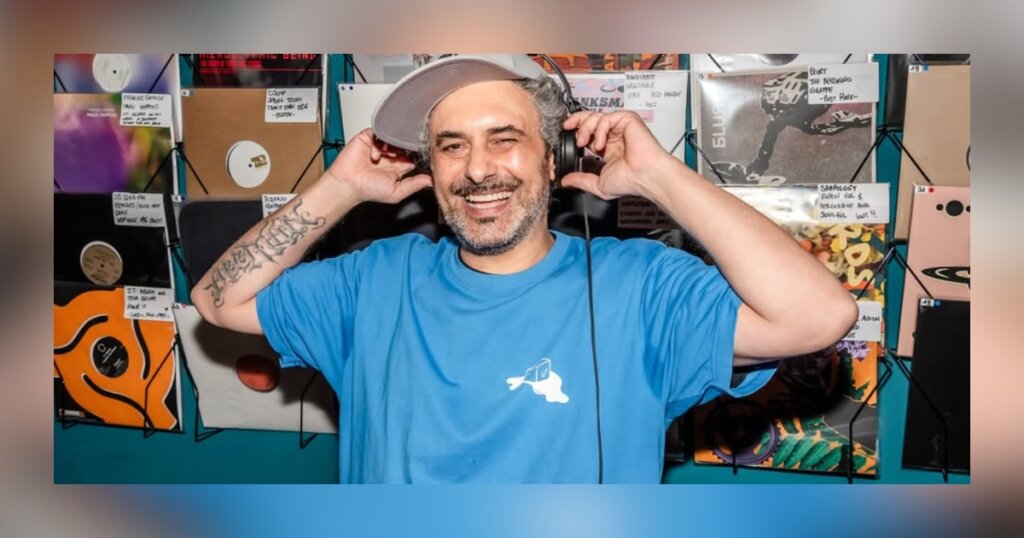
This overflowing, unfiltered creativity, in your face: what feedback do you get from those who follow you?
Positive!
It has become kind of a “Netflix series” effect: once you start watching it, you follow it, it’s eight seasons, you keep going, and maybe not all episodes excite you, but the consumption style is continuous.
Aside from occasionally reprinting old classics, streaming gives little satisfaction, so the online presence leads to organising the Prez’s live shows, an event where I bring both classics and new things, so it’s all good.
If today you were the age you had when you discovered double-H in the ’80s, would you get into hip-hop?
Of course, in the same way and even more, because now everything is rap, trap, and that’s fine, there’s even rap on techno…
When you start discovering something, you begin with the most famous ones, and if your passion continues, then you dig and find more interesting things, the ones that are not for the masses.
Today, there are many new people, and sometimes — not knowing the dogmas — they dive in, and more interesting things are born, compared to those who study too much and end up reproducing a stereotype, which I find boring if you look closely…
If you know Ice Cube, for example, you don’t want to hear another 100 Ice Cubes; the best one is already there, always has been.
So do you think there is still something good left after all these cycles, trends, collapses, resurrections?
Well, even though the charts go in the opposite direction, the underground keeps cultivating total freedom. There are crazy people around, even in Italy, I must say…
I think of Nex Cassel’s crew, the guys who built Armani Doc, and in our crew, I think of Poppa Gee, Southology, Looppolo…Creep Giuliano, Zak Kazawi, Biga with the huge beats, or in Piedmont Sebastiano Contrario, Tito Sherpa, il Torsolo… and I could go on…

You are a 360° hip-hop artist. You produce, rap, DJ, and paint. And for more than thirty years, you have spread this culture in Italy, when very few of us were doing it. At the same time, you were also one of the first to clash with the industry, influencing it and helping build it.
How much of your hip-hop and your vision is in today’s industry?
I’m always around playing shows: small events, underground, two–three hundred people, dense atmosphere. And there I do my thing. But sometimes I also end up at big mainstream concerts, the huge ones. And you know what? Even there you find talented people.
To get on those stages, you must bring something valid: whoever says there is nothing good in the mainstream is, in my opinion, exaggerating.
Sure, there isn’t that extra flavour that appeals to those who’ve listened to this culture for thirty years or more. But I, as a spectator, often feel proud. When I bring my daughter or my niece to a concert like that, I think: “Look what the hell we created, having fun in the ’90s and building everything from nothing.”
It’s a real butterfly effect. Actually, a pizza effect: it’s born in one place, improved in another, then comes back even better. That’s hip-hop: a dish that travels, transforms, and returns more powerful.
And you know what’s the best part? I used to leave the house as the only idiot in my city wearing a cap. One in ten, if things went well. Today you go to a concert, and you see a thousand Jordans, three thousand caps… or sixty thousand. And you think: “Damn, how awesome. I wish we had this when we were kids.”
This, to me, is the sign that a piece of our vision — that hunger, that attitude — is still out there, alive, and keeps growing.
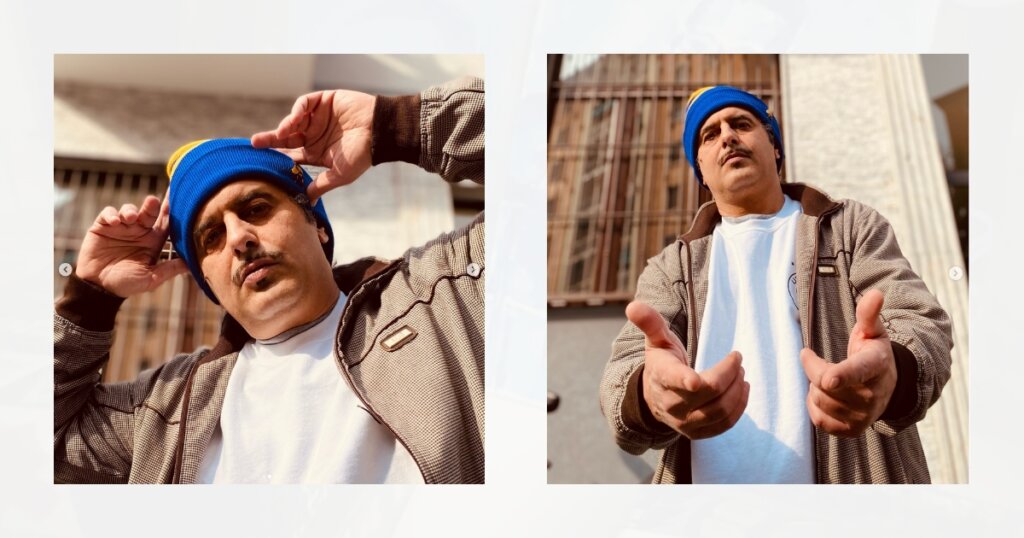
Why, while hip-hop was exploding everywhere in the world, did it seem to jam in Italy?
No, it’s not that Italy jammed. It moved forward, too. It’s just that at a certain point, it stayed submerged, relegated to certain circles. It’s normal: not everyone plays giant stages. Not everyone is Nas.
But the scene keeps going anyway: small clubs, people who want to see, highs and lows, creative moments and dead moments. It’s part of the game.
And look, André 3000 — a genius, someone who comes from the Outkast era, pure Golden Age — once said something perfect: “You do something. The world takes it, reworks it, and after a week gives it back to you a hundred times better.”
It’s true: you squeeze an idea, you throw it into the circle, someone absorbs it, re-proposes it, maybe more refined technically. That’s how rap moves.
I destroyed it when it was time to destroy it. Late ’90s, 2000s, with Fish… we made real chaos.
But it’s all a cycle.
A few days ago, I was re-listening to one of your 2016 albums. You’ve always maintained consistent level of productivity.
I never stopped. And I know artists who do triple: people who release two, three, four albums a year for twenty-five years. Some twelve in a year.
The underground crowd knows. Those who don’t know: just listen. I have both long-time fans and new kids following me, precisely because I keep putting myself in the game. I can’t please everyone — but that’s exactly the point: if you want to please everyone, do another job.
At one point, you stopped rapping to paint.
Yes, a whole year dedicated to painting. It gave me a lot. But then I missed my voice in the circle.
Not in the mainstream — I’m not interested in reaching that — but in the real conversation.
I hear a lot of beautiful things. I respect those who work well, even if it’s not my style.
But that point of view…mine…was missing. And artistically, if you have a thought, you must put it out into the world.
So I came back. I left behind a bit of the extreme virtuosity — I bring that out when needed — and I brought everything back toward fun: party, sociality, mood.
Battle rhymes? They escape sometimes, but they create an ugly energy if they are the centre of the party. I can’t just do that.
You have an enormous musical culture. Beyond rap: what do you listen to today? Three albums ESA recommends.
I listen to everything, because to make beats, you must eat the world. Today I listen to a lot of Japanese jazz, ’60s Italian music, soul, weird stuff… It works like this: I put on three records. On the third, I find something I like. I turn off the turntable. I turn on the SP. And I make a beat.
Guilty pleasure? That thing you’d never tell anyone…
Ah, easy: the dollar bins. Dilla said it too: go to the dollar crates.
What people threw away because it took up space — that’s where the magic is.
Gaslamp Killer once said one of his favourite records he ever dug was Anima Latina by Battisti.
Masterpiece. He may have paid a hundred dollars for it, coming all the way here. I instead buy fifty records for two euros, Italian ’60s 45s that they practically throw at you.
And inside I find gold.
And then it happens that some Australian writes to you: “How the hell did you find this Neapolitan music?” And you think: man, here they throw it away.
It’s beautiful like that: you bring into the world something that represents your corner. Your life.
What’s the question you never want to be asked?
The one about the past, always and only about the past. I was part of magnificent, legendary periods… but they are gone. I want to talk about today. About new things. That’s why I appreciate that you listened to recent stuff before interviewing me.
To close, one piece of advice for the new generations?
Have fun, and to hell with the money. Make money if you can, but think about living well, live intensely.
And don’t chase anyone: find your voice. It’s the only thing that always pays off.
